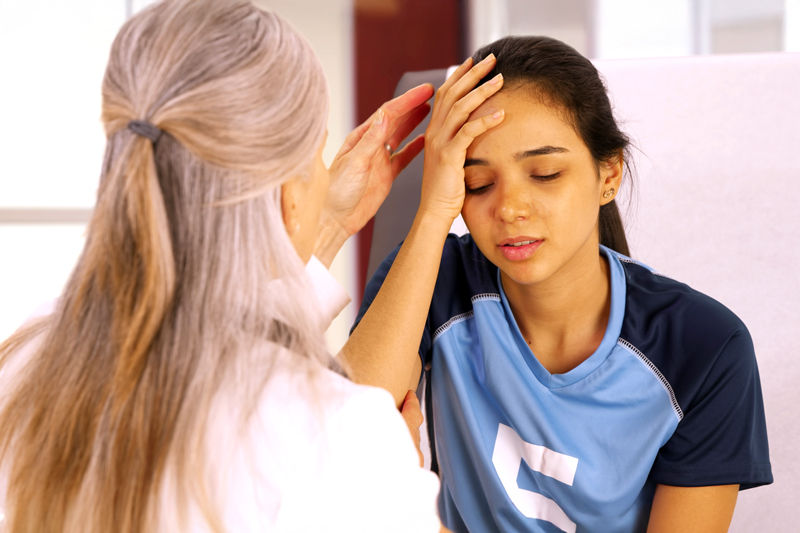How to control infections - the basics
- jude72
- Mar 4, 2021
- 2 min read
Updated: Aug 24, 2023

Infection control can be made into a really complex subject, but the basics of it boil down to 4 essential steps.
Step 1 – Wash your hands thoroughly.
Step 2 – Use protection of some form.
Step 3 – Dispose of contaminated items and clean up thoroughly.
Step 4 – Thoroughly wash your hands again.
These are the steps that anyone can take to minimise the risk of exposure and contamination, in any situation. Whether it be a simple, day-to-day situation or when performing first aid to save someone’s life.
Hand washing should be done for a minimum of 30 seconds when using soap and water, remembering to wash between the fingers, the backs of your hands and down to your wrists. If using an alcohol-based hand rub, keep rubbing all over your hands until it has all evaporated.
Which protection you should use, depends on the situation. If helping a child who has some feverish type symptoms, wearing a face mask and insisting the child coughs or sneezes into their elbow or uses a tissue which you can dispose of afterwards are simple, practical step. If giving first aid to someone you don’t know, it’s advisable to wear gloves and a face mask if you have them handy. If you strongly suspect the person has an infectious disease then a higher level of Personal Protective Equipment may be needed, but any protection is better than none.
Whether applying a band-aid to a child who has cut themselves or helping to clean up after someone has injured themselves, the key is to dispose of all dressings, cloths, tissues or wipes used in cleaning or dressing wounds. If you are completely finished, this could also include any face masks or gloves you were wearing.
Dispose of later in the appropriate bin or container.
Finally, and this is the last step that’s often most forgotten, it’s time to wash your hands again, as thoroughly as you did before.
What you are trying to do with all these steps is to minimise the risk of you transferring infections on your hands to anyone else. And by wearing protection and properly cleaning up afterwards, you are reducing the risk of germs, bodily fluids or contaminated items from getting in contact with others, including yourself.
The final act of washing your hands, once again reduces the risk of cross-contamination.
Practising the basics of good infection control helps to reduce the spread of disease among us all.








Comments